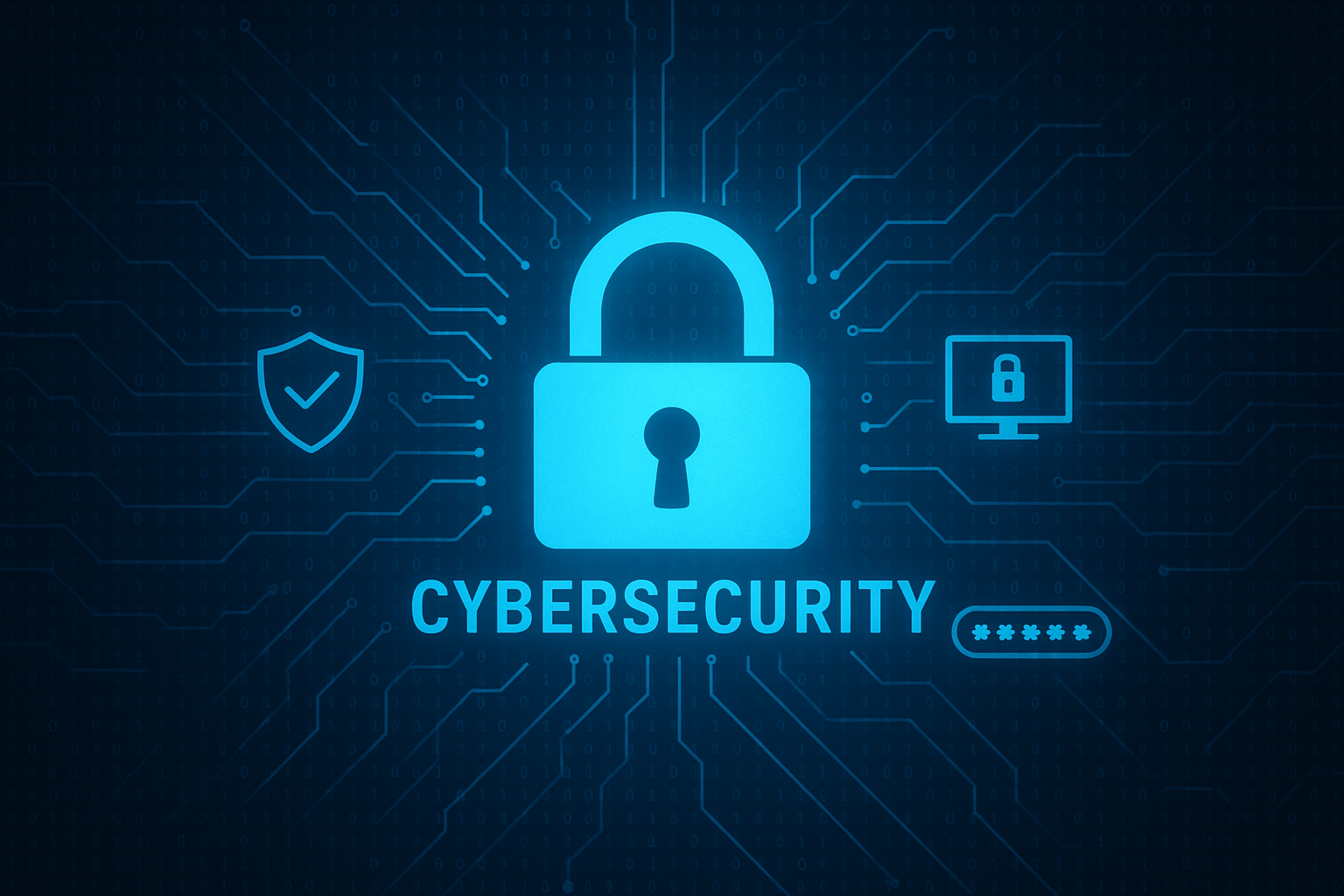Cybersecurity in the Digital Age Overview In an era where digital transformation drives nearly every aspect of modern life, cybersecurity has emerged as a cornerstone of global safety and economic stability. From personal data breaches to crippling ransomware attacks on critical infrastructure, the stakes have never been higher. This article explores the evolving landscape of cybersecurity, the challenges it presents, and actionable strategies to safeguard our interconnected world.
1. The Growing Importance of Cybersecurity
The rapid adoption of cloud computing, IoT devices, and AI-driven technologies has expanded the attack surface for malicious actors. Cybercrime costs are projected to reach $10.5 trillion annually by 2025 (Cybersecurity Ventures), underscoring the urgent need for robust defenses. Beyond financial losses, cyberattacks threaten national security, public trust, and human lives—as seen in attacks on hospitals, power grids, and transportation systems.
2. Key Cyber Threats in 2023
Understanding modern threats is the first step toward mitigation:
- Malware & Ransomware: Sophisticated strains like LockBit and Cl0p target businesses and governments, encrypting data for extortion.
- Phishing & Social Engineering: Fraudulent emails and deepfake technology exploit human vulnerabilities.
- Zero-Day Exploits: Attackers capitalize on unpatched software vulnerabilities (e.g., Log4j).
- Supply Chain Attacks: Compromising third-party vendors, as seen in the SolarWinds breach.
- State-Sponsored Threats: Geopolitical tensions fuel cyber espionage and disruptive attacks.
3. Best Practices for Cyber Resilience
Proactive measures can significantly reduce risk:
- Zero Trust Architecture: “Never trust, always verify” to limit access to critical systems.
- Multi-Factor Authentication (MFA): Adds layers of defense beyond passwords.
- Regular Updates & Patch Management: Close vulnerabilities before attackers exploit them.
- Employee Training: Human error causes 95% of breaches; simulations and awareness programs are vital.
- Data Encryption & Backups: Protect sensitive information and ensure rapid recovery post-attack.
4. Emerging Trends Shaping Cybersecurity
Innovation is driving both threats and defenses:
- AI-Powered Security Tools: Machine learning detects anomalies and automates threat response.
- Quantum Computing Risks: Future quantum machines could crack current encryption methods.
- IoT Security Challenges: Billions of connected devices require standardized security protocols.
- Regulatory Compliance: Laws like GDPR and CCPA mandate stricter data protection measures.
5. The Role of Collaboration
Cybersecurity is a collective responsibility:
- Public-Private Partnerships: Governments and corporations must share threat intelligence (e.g., CISA’s Shields Up initiative).
- Global Frameworks: Initiatives like the Paris Call promote international norms against cyber warfare.
- Ethical Hacking: Red teams and bug bounty programs uncover weaknesses before criminals do.
6. The Future of Cybersecurity
As technology evolves, so will the battlefield:
- AI vs. AI: Cybercriminals will weaponize AI, necessitating smarter defensive tools.
- Focus on Cyber Hygiene: Simplifying security practices for individuals and SMEs.
- Workforce Development: Bridging the 3.4 million-person talent gap through education and diversity initiatives.
Frequently Asked Questions (FAQ)
Q1: What is the most common type of cyber attack?
A1: Phishing remains the most prevalent attack, where attackers impersonate trusted entities via email or messages to steal credentials or deploy malware.
Q2: How often should software and systems be updated?
A2: Critical patches should be applied immediately. For general updates, follow a regular schedule (e.g., monthly) and enable automatic updates where possible.
Q3: What is Zero Trust Architecture?
A3: Zero Trust is a security model that assumes threats exist inside and outside networks. It enforces strict identity verification and least-privilege access for all users and devices.
Q4: How can AI improve cybersecurity?
A4: AI analyzes vast datasets to detect anomalies, predict threats, and automate responses. For example, AI can flag unusual login patterns or block malicious traffic in real time.
Q5: What should individuals do after a data breach?
A5: Change passwords immediately, enable MFA, monitor accounts for fraud, and consider credit freezes. Report breaches to relevant authorities (e.g., FTC in the U.S.)
External Resources for Further Learning
- CISA (Cybersecurity & Infrastructure Security Agency): Guidelines for Businesses and Individuals
- NIST Cybersecurity Framework: Best Practices for Risk Management
- Krebs on Security: In-Depth Analysis of Cyber Threats
- OWASP Top 10: Most Critical Web Application Security Risks
- MITRE ATT&CK®: Knowledge Base of Adversary Tactics
